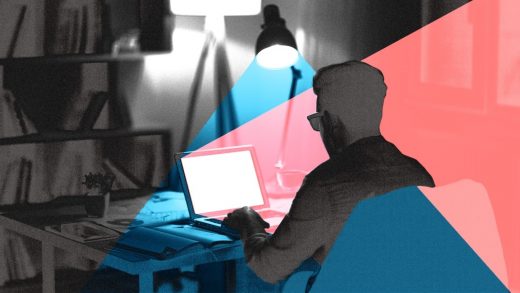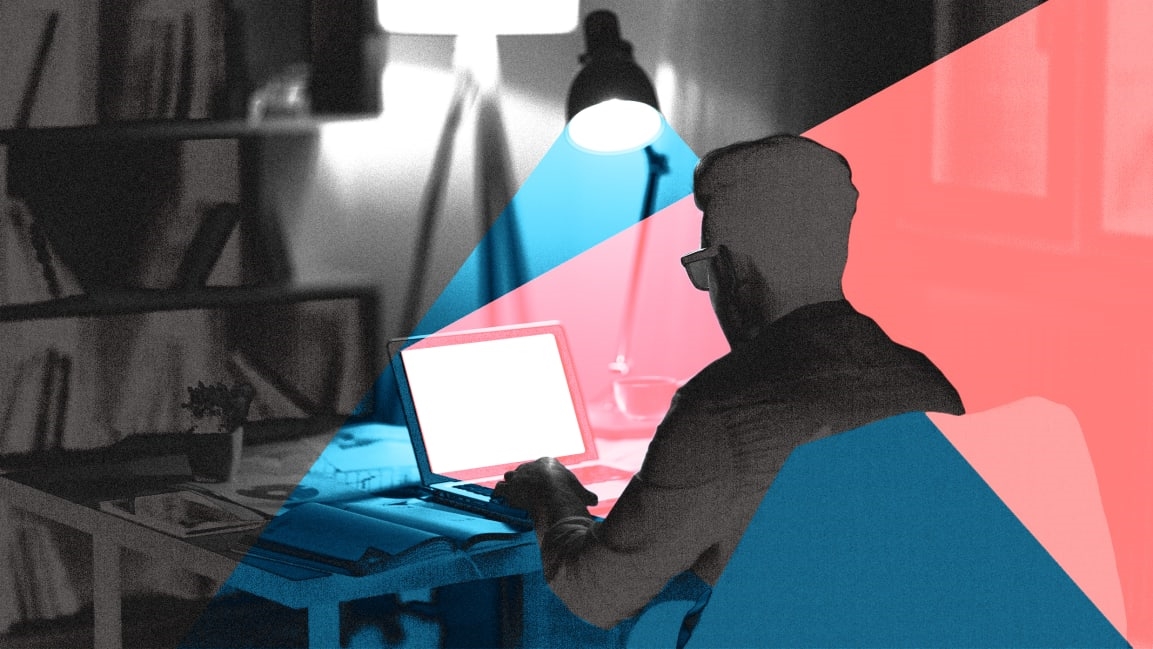What life is really like for freelance designers, in 5 numbers
We wouldn’t exactly call it an unbiased source. 99designs is a huge freelance design portal, with a core business model that generates roughly $60 million a year through designers logging in and taking jobs through the site. Even still, a new report from the company offers what looks to be an unprecedented view of a large swath of the freelance design industry. It surveyed 10,000 designers across 42 countries, 84% of whom have an account on at least one online freelance platform (the survey was hosted primarily on 99designs).
We looked through an advance copy of the report to spot the trends. What we found paints a picture of freelance designers as a potentially overeducated group that treats freelance as a full-time job, just worked during odd hours.
Most freelance designers are dudes . . . but not in the U.S.
Sixty-eight percent of freelancers surveyed worldwide identify as male. That’s a clear majority, which is perhaps not all that surprising. Then again, attempts to quantify gender in design can be opaque. If you look at the data for North America, however, women actually represent a slight majority, of 51.33%.
Designers are educated, but perhaps too educated
Forty percent of freelance designers have a college degree in a design-oriented field. Nine percent have an advanced degree. But here’s the big catch: Only 15% of respondents said that a formal design education was necessary to their career. Fifteen percent! That’s nothing! Most thought education was either unimportant, or didn’t have an opinion one way or the other (though if you’re saying you don’t know if college matters to a job or not, that seems like an opinion unto itself).
A vast majority of freelancers hone their craft on YouTube
99designs believes one reason there is so much ambivalence toward higher education is that 42% of designers reported being self-taught in some way or another. A vast majority—74% of all respondents—said they’d learned skills by watching YouTube. It makes sense, since YouTube offers so many clear demonstrations on how to pull off tricks in Photoshop and other popular software. A third take online classes. And a mere 18% of people do ongoing in-person training.
A lot of freelance designers are working parents
Thirty-one percent of designers are parents with a dependent under the age of 18. More than half of those designers, or roughly 15-20% overall, are the primary caregiver in their household. That means nearly one in five or six freelance designers is staying home with their kids while designing on the side. Also related: twenty-one percent of the designers polled work with a spouse or domestic partner.
Most freelance designers are treating it as a job
The most surprising finding is that only 17% of freelance designers report doing it to earn more income on top of their day job in design. Most are working a ton of hours outside the normal 9-5 working hours, as if it’s a second job. But in fact, it appears to be their main job. I say that because nearly 40% of respondents report freelancing 41 or more hours a week. Another 35% of people were freelancing between 20 and 40 hours a week. That means only about a quarter of people are really all that casual about freelance design, putting in less than 20 hours a week. Freelance design does not appear to be a side hustle—just one done at off hours.
In any case, 42% of all respondents still report that they freelance for the flexibility and freedom, while 17% do it for the creative freedom. That sounds nice, but something tells me it also adds up to a whole lot of creative people who could use a 401(k) and health insurance.
(30)



